If you’re looking for vegetables that pair well with sage, you’ve come to the right place.
Sage is a strong herb, and pairs best with vegetables that can stand up to its flavor.
That’s why we’ve compiled this list of the 28 best vegetables for pairing with sage.

Read on to find out which vegetables are best suited to accompany this delicious herb!
What Vegetables Go Well with Sage?
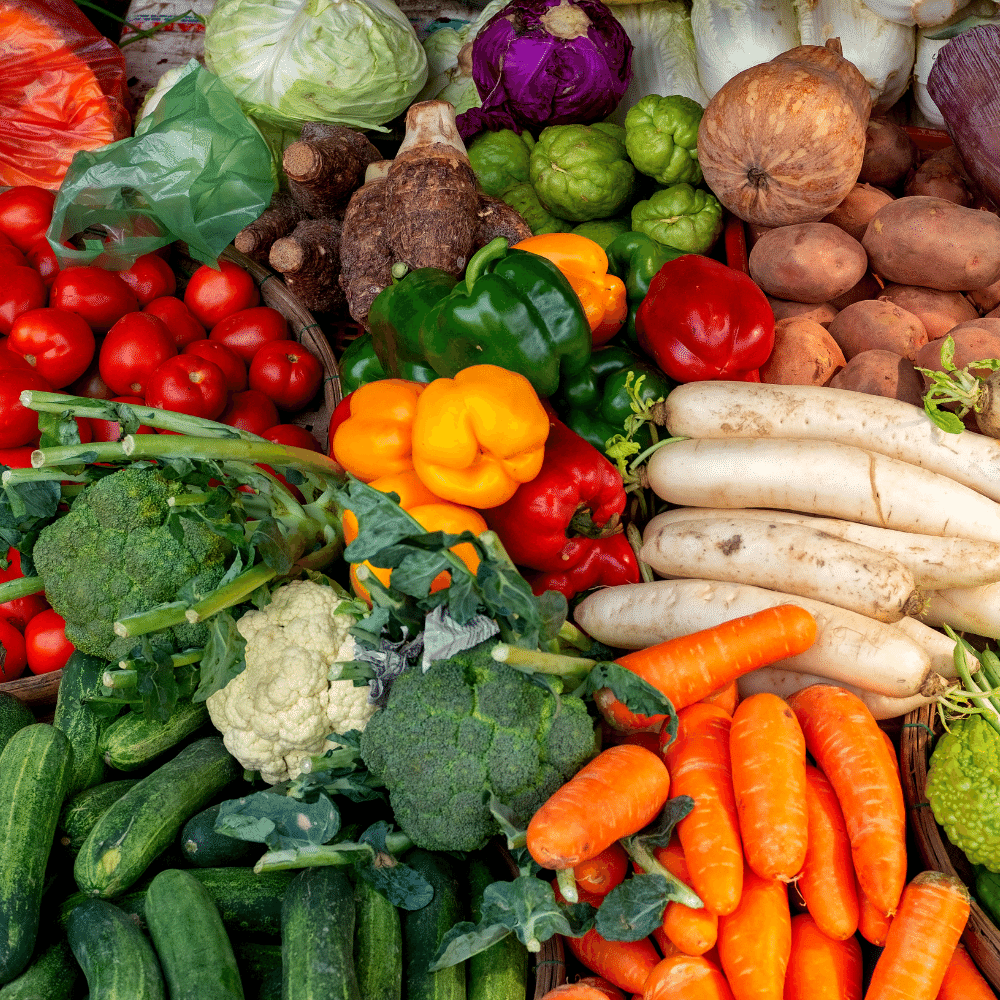
I’ve always loved sage.
I can’t even tell you how many times I’ve found myself reaching for the sage when cooking, a habit that my partner has come to find very amusing.
He’s always like, “Ohhh, more sage?”
But it’s so good! It really is.
And it’s nice to have a herb that goes with just about anything—except maybe ice cream.
Speaking of things that go with everything, we made a list of 28 vegetables that pair wonderfully with sage!
We didn’t include any apples or pears because, well, you know where to find those already: in your fruit basket!
There are plenty of veggies here you’ll recognize and hopefully one or two new ones to try out.
1. Broccoli and Green Beans
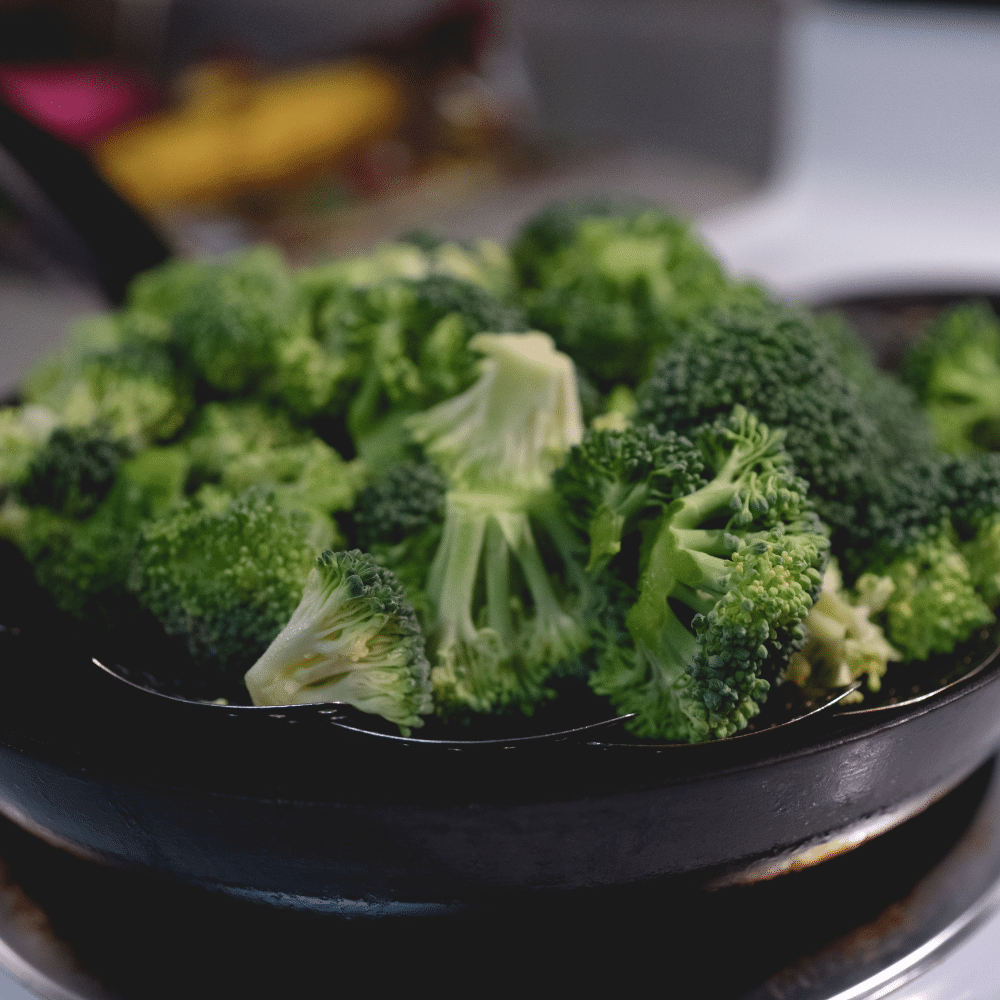
In general, I think it’s important to consider the different textures in your meal and whether or not they compliment each other.
In my opinion, green beans (Check out these canned green bean recipes) and broccoli are both a bit hardy, so they stand up well to the flavor of sage.
A great way to use both ingredients together is to roast them in the oven with olive oil and salt, pepper, and sage.
It’s super simple!
Just throw them on a baking sheet and pop them in the oven at 400 degrees Fahrenheit for about 10 minutes.
Then you can serve them either as a side dish or (if you want to be fancy) as part of a main course like chicken or fish.
My favorite way to use these two ingredients together is with pasta.
Sage goes really well with butter, so I usually saute the green beans and broccoli in some melted butter until they get a little browned on the edges—then I just toss them with cooked pasta! You can also add some parmesan cheese if you want.
2. Squash

Squash is a great vegetable to use with sage because it has a very mild flavor and a soft, smooth texture.
This means that if you pair it with something like sage, it’s the perfect way to balance out your meal.
My favorite way to use squash with sage is to make squash soup with fresh sage leaves on top.
3. Peas

Peas are a great choice when you’re working with sage as well because they have such a light flavor profile that they don’t compete for attention with the sage at all.
You can use them both together without having to worry that one will overpower the other.
4. Brussel sprouts

Since brussel sprouts have a really meaty, dense texture, sage is a perfect compliment to them.
Because of their inherent richness, if you want to use brussel sprouts in your meal you need to be careful that the other ingredients don’t get lost.
In my opinion, sage is the perfect pairing for them because it has such a strong flavor that carries well with the brussel sprouts, but doesn’t overwhelm them.
5. Onions

Onions are another vegetable that goes well with sage.
They’re flavorful and delicious on their own, but add a little bit of butter and chopped sage?
Amazing!
I recommend using sage in your onions if you’re planning on adding them to dishes such as lasagna or scalloped potatoes.
6. Spinach
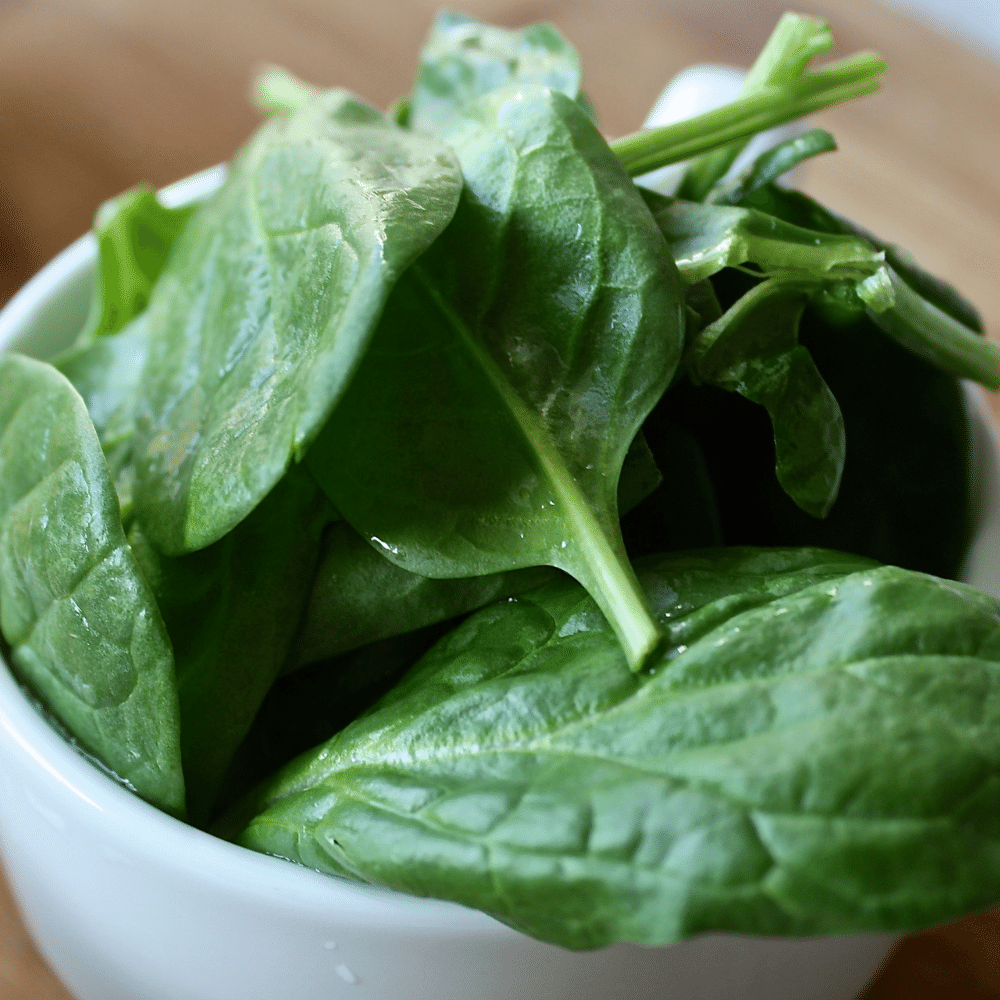
Spinach is a great choice for any meal. It’s super nutritious, delicious, and versatile.
Plus, it goes well with almost any herb!
I like to top it with butter and chopped sage when I’m making a spinach salad.
The buttery taste of the spinach combined with the savory flavor of the sage makes an amazing combo.
7. Kale
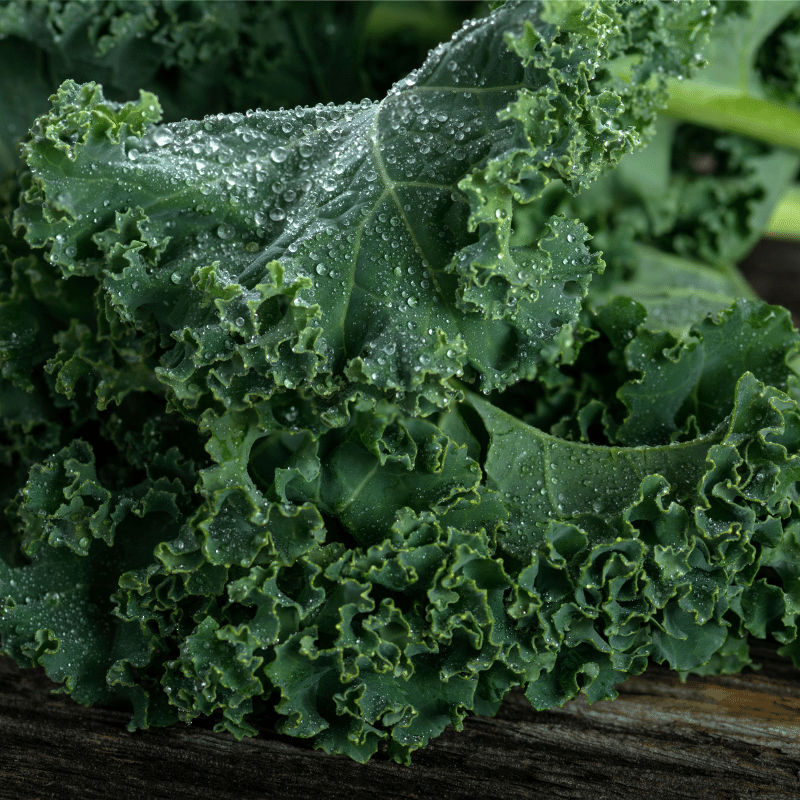
Kale is leafy, so it adds a different texture than carrots do—but that doesn’t mean you can’t use both!
One way to do this would be to make a salad with spinach as your base and layer on top some kale and carrot ribbons (using a vegetable peeler).
Add crumbled feta cheese or some walnuts or almonds for an extra kick of flavor, and then sprinkle on some chopped fresh sage leaves!
8. Carrots
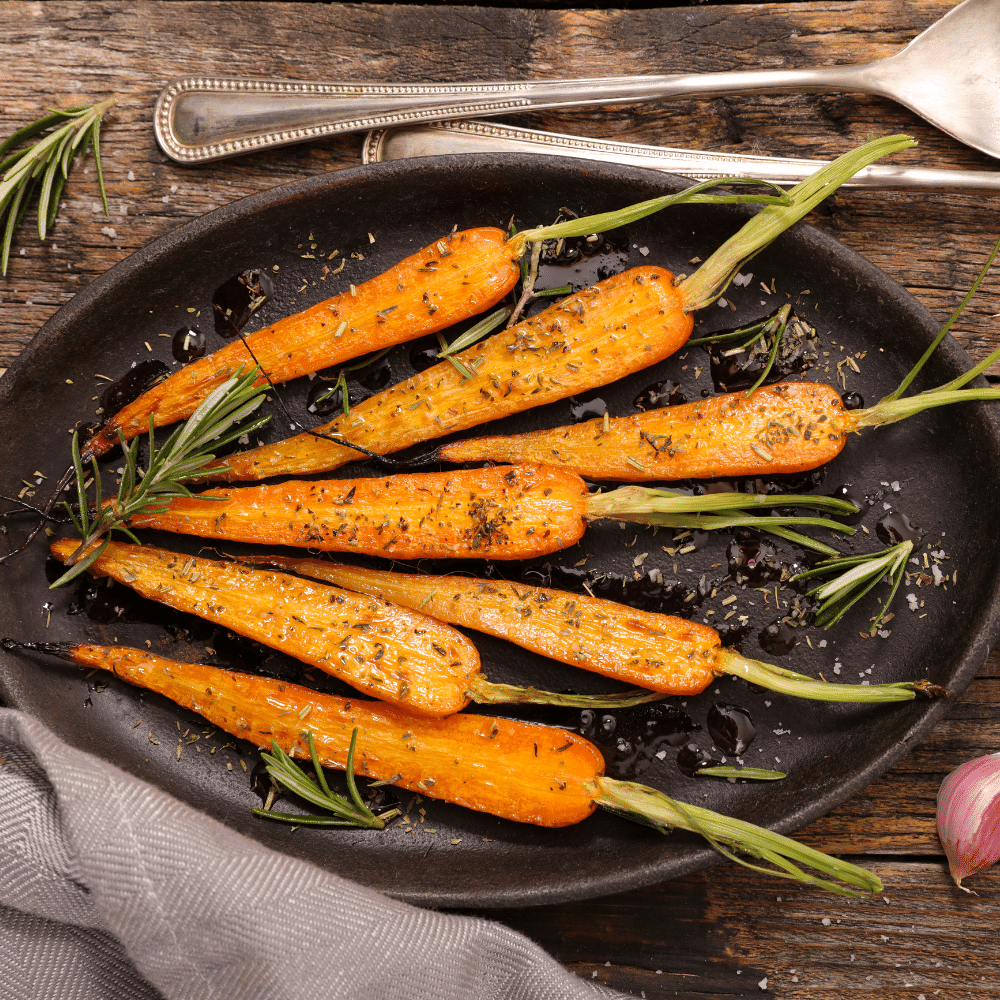
Carrots are usually sweet or savory depending on how they’re prepared.
Since we’re talking about salad here (and the fact that sweet foods don’t really mesh well with sage), I’d recommend going for savory.
To do this, try roasting your carrots instead of boiling or steaming them!
9. Potatoes

These vegetables are the most basic, but they’re also one of our favorites when it comes to cooking with sage.
They have a neutral flavor and absorb everything around them.
That means that when you cook potatoes with sage and garlic, for example, the potatoes will be infused with all the flavors of the garlic and sage—but still maintain their own delicious potato-y taste.
10. Asparagus
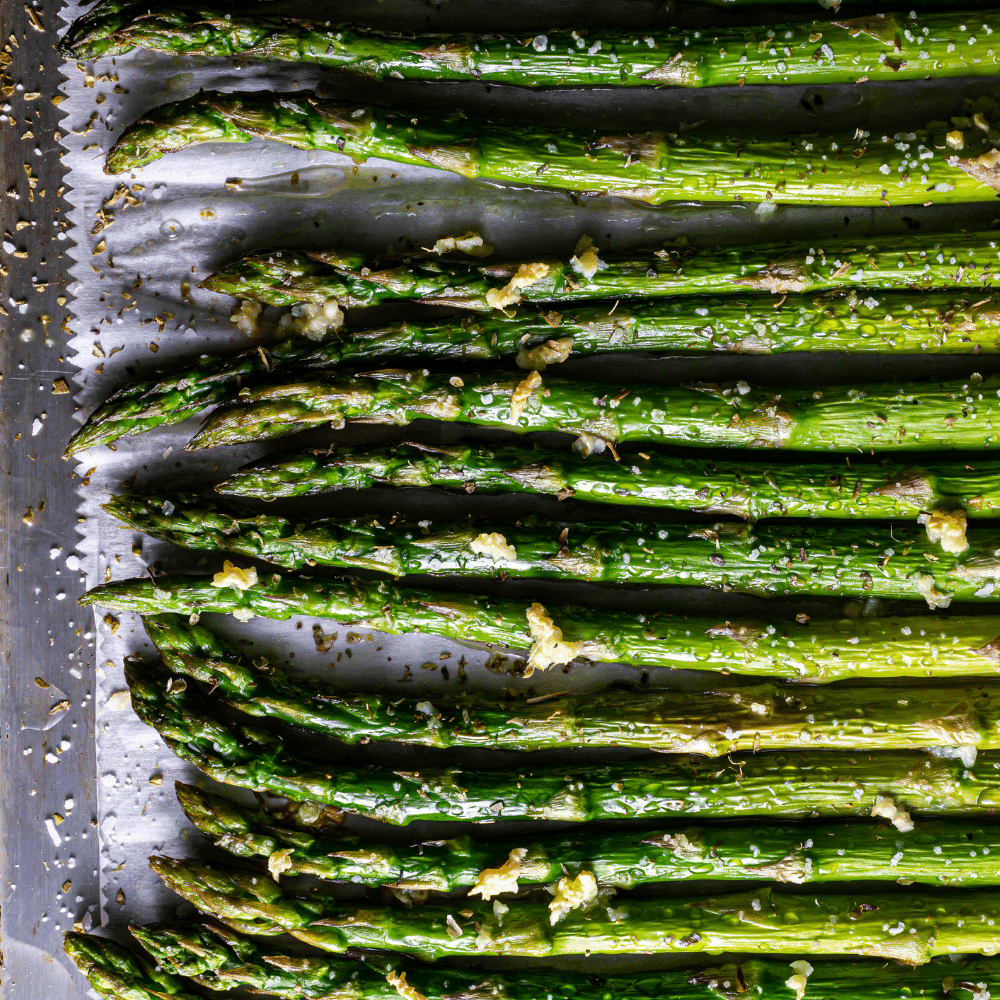
Since asparagus tends to be on the bitter side, sage works especially well to highlight its unique flavor without overpowering it.
Asparagus is also on the firm side, which contrasts nicely with the softer texture of sage; this means that you can use whole leaves instead of having to chop them up.
A common way to cook asparagus is simply to roast it in the oven—and if you’re doing this, adding some sage leaves halfway through will give you a delicious end result.
11. Cauliflower
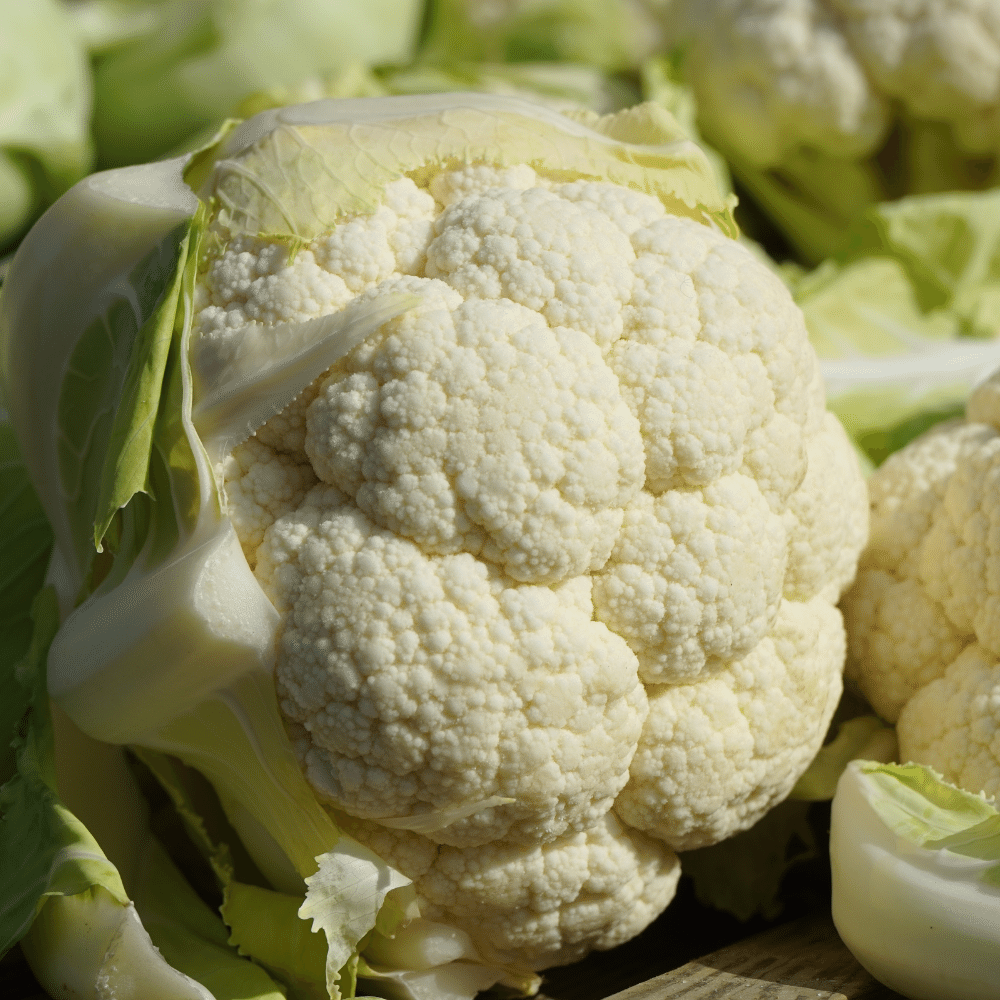
Cauliflower is another vegetable that pairs well with sage: the crunchiness of this significantly larger vegetable complements that of sage.
Cauliflower is also milder than many other vegetables, making it a great candidate for pairing with other flavors.
Sage brings out its natural sweetness, while adding its own deep taste to the mix.
12. Mushrooms

Mushrooms are one of the most versatile vegetables out there—they’re packed with umami flavor and they soak up any other flavors you add to them like a sponge.
If you’re looking for a really earthy dish that’ll make you feel like you’re eating in an enchanted forest or something, mushrooms and sage are for you!
13. Sweet potatoes

Sweet potatoes have a unique combination of sweet and savory flavors that are perfect for just about anything, but they can definitely be overpowering on their own.
Adding sage will take some of their sweetness down a notch and add more depth overall.
14. Eggplant

Eggplant is one of my favorite things to grill in summertime, but a lot of people are turned off by its texture.
This is where sage comes in: add a little bit of sage oil to your eggplant before grilling, and you’ll have a vegetable that’s bursting with flavor and has the best texture possible.
It’s so good you won’t want to share!
15. Parsnips
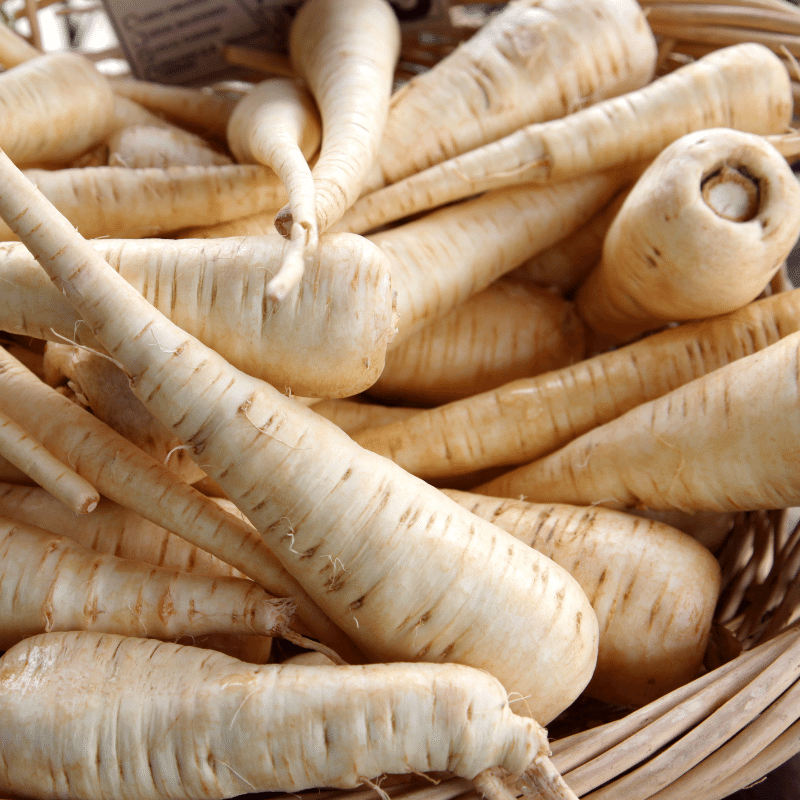
Parsnips are delicious as well as nutritious, and they’re one of my favorite vegetables in the world because they’re so versatile.
You can use them in soups or casseroles or sauces—they go with everything!
Pairing them with sage just adds another layer to their already complex flavor profile.
16. Leeks

Leeks are the kind of vegetable that people either love or hate; they have a unique flavor that’s not super popular across the board, but I happen to love them.
And when you add sage to the mix?
Well, it’s just magic.
Almost like onion rings but better!
17. Celery root

While you can cook with celery root in many different ways, the best way to combine it with sage is probably to roast it.
Just peel it, chop it up into cubes, and toss it in olive oil.
Roast it at 400 degrees for about 25 minutes, then sprinkle on some fresh sage.
You could also try adding some chopped apples or brown sugar before roasting for an extra kick!
18. Radishes

Radishes are another amazing addition to dishes flavored with sage.
Although they don’t offer the same crunchy texture as celery root, they do have a mildly spicy bite that makes them an ideal pairing for most kinds of food flavored with sage, especially when you want something that lends both heat and color to your dish.
19. Beets

Beets have an earthy, a little bitter flavor, which makes them a great compliment to sage.
If you’re making a soup or stew, consider chopping up some beets and adding them as a garnish at the end.
They’ll add a punch of color and flavor that will really bring the dish together.
20. Pumpkin

Pumpkin is a lot like beets—earthy, but sweet instead of bitter.
You can roast pumpkin cubes with a little olive oil and some salt and pepper and then serve them as a tasty side dish with your sage-inspired main course.
This is also great if you want to prep ahead of time so you don’t end up spending all day in the kitchen!
21. Horseradish

Horseradish is a great option because its strong, spicy flavor pairs well with the earthy woodsy taste of sage.
However, if you’re cooking for guests who don’t like spicy foods or have sensitive tongues, then you might want to consider something else.
22. Celery

Another great vegetable to pair with sage is celery. Celery has an earthiness to it too, but it’s milder than the wildness of horseradish.
That means you can use these two together in different ways—for example, while I love using sage and horseradish together in a main dish (like roasted vegetables), I think they’re best paired with other vegetables in a salad!
23. Bell peppers

Sage and bell peppers go together like peanut butter and jelly.
Consider the different textures in your meal, and whether or not they compliment each other.
- For instance, will you be serving chicken?
- Sausage?
The crisp texture of bell peppers is a great match for meats with tough textures.
24. Chinese cabbage
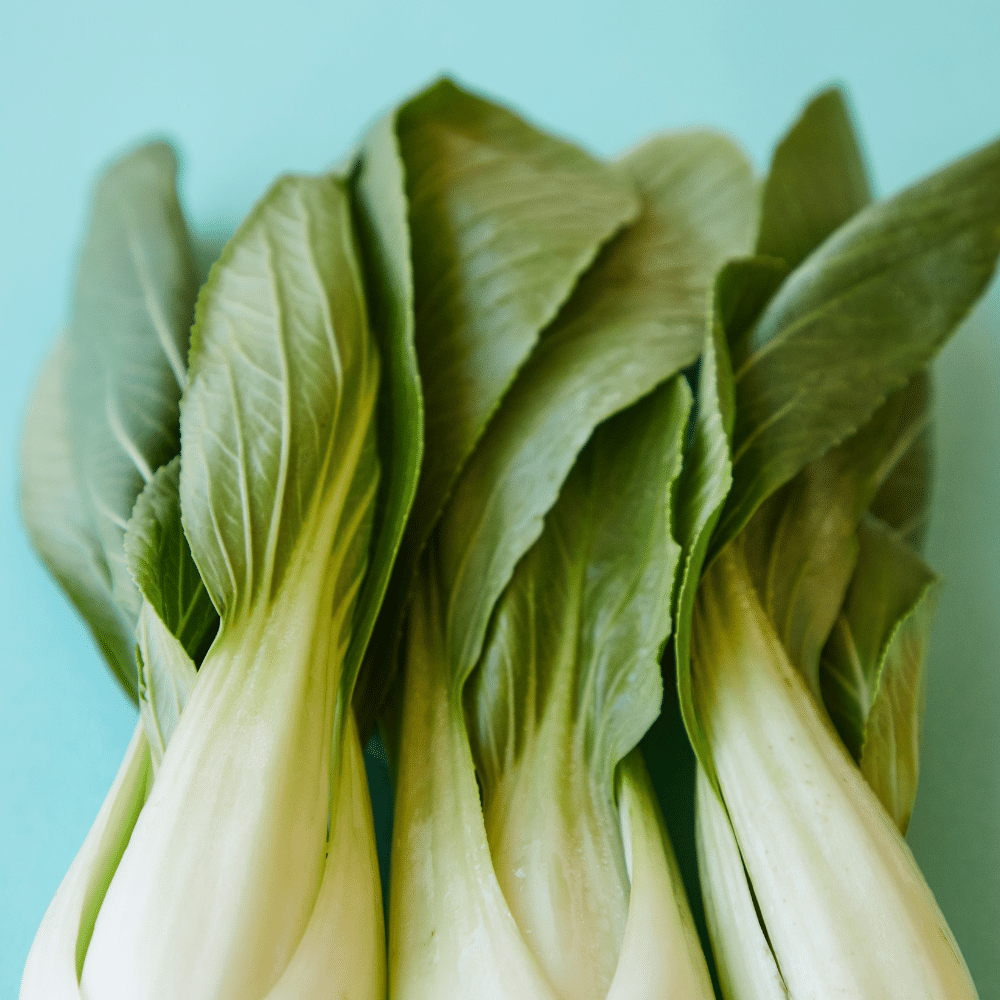
Chinese cabbage has a very mild taste and a crisp texture.
For me, that makes it a great complement in recipes where sage is the star of the show—it doesn’t compete with the other flavors in the dish, but rather provides some lovely texture and visual appeal.
You can add Chinese cabbage raw or cooked, depending on what kind of flavor profile you’re going for.
25. Cucumbers and Tomatoes

While experimenting with herbs and flavors, I discovered two vegetables that went really well with sage: tomatoes and cucumbers.
When considering both of these vegetables side-by-side, they have some obvious differences.
Tomatoes are mushy and wet, while cucumbers are crisp and crunchy—but I’m here to tell you that those differences can bring something amazing to your meal.
The contrast between the two textures adds complexity to your dish, which can make for an interesting mouthfeel.
If you’re serving a group of people who don’t all have the same preferences for texture, it also means that everyone will get something different out of the meal.
They also work well together because they’re both mild in flavor.
26. Corn and zucchini
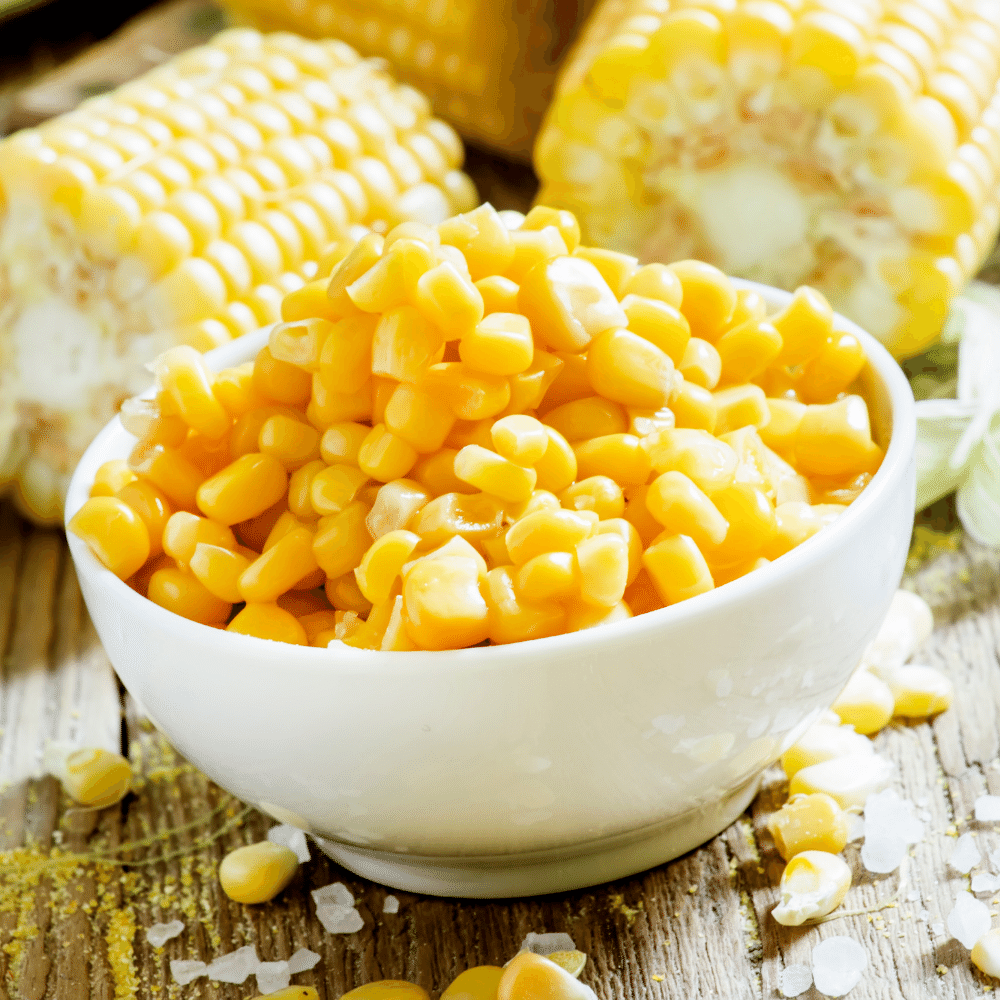
I love using these two vegetables in a meal where I’m highlighting the flavor of sage.
In my experience, corn and zucchini go well with sage because they’re both tender-crisp vegetables that have a mild flavor.
This makes them an ideal base for savory spices like sage, but it also means they can be combined with other ingredients without overpowering them.
If you’re serving these as part of a larger meal, consider your guests’ preferences and make sure you don’t add too much spice to the dish—the inclusion of other ingredients could make the bolder flavors too strong for some people’s palettes.
I’d recommend sauteeing these veggies with butter and salt before adding the sage to get the best flavor from all three ingredients.
27. Turnips and chard

I love both of these vegetables because they can be used in so many ways.
See Also: 50 Best Soups with Turnips
You can sautee them together for a little crunch with your dinner, or add them to your favorite pasta recipe for a little extra flavor.
They go great with some bread and butter or a fresh salad dressing, too!
It’s all about finding what works best for you and your dinner guests’ preferences.
Whether you have kids who don’t like eating their veggies (but love them when they’re served with sage!) or adults who need something light before bedtime, these two veggies will do the trick every time!
28. Cabbage and lettuce
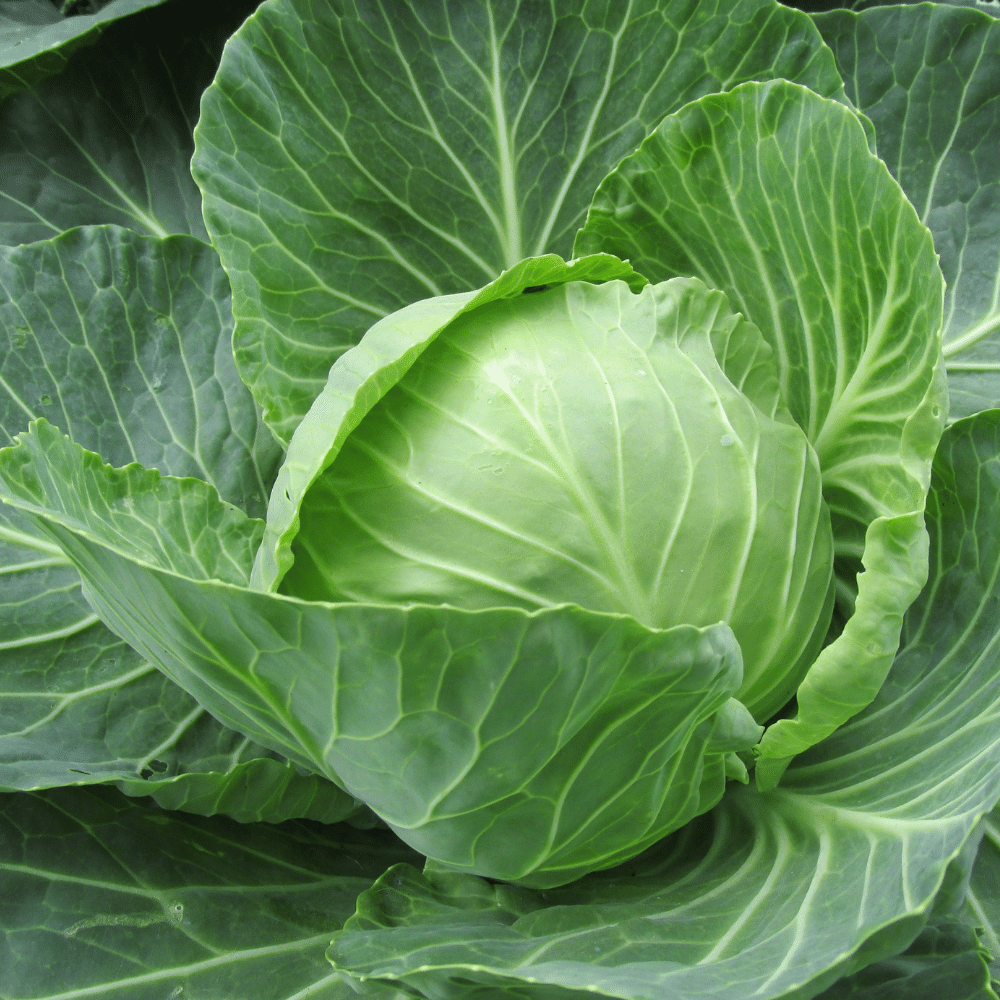
Cabbage can be crunchy and cabbage is naturally sweet, while lettuce can range from crispy to soft, and most types have a flavor that’s milder than cabbage.
But for me, that’s exactly why these work so well together: they offer a textural and flavor balance that’s perfect for a wide variety of dishes.
So here’s my favorite way to use them:
Have you ever tried sautéing cabbage in butter with some sage?
It makes the most incredible bed for your protein of choice—pork or chicken are my go-tos here—and the lettuce adds a lovely lightness when you serve it on top.
Things to Consider when Pairing Vegetables with Sage
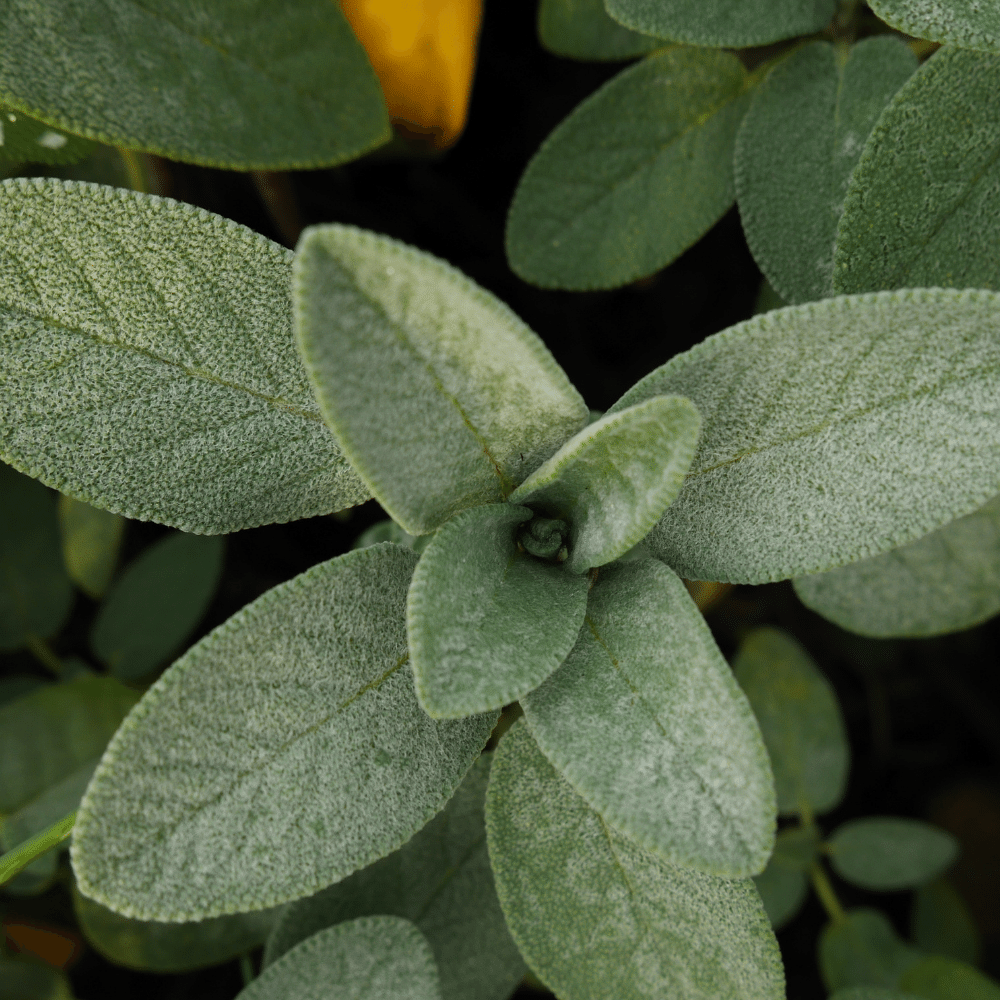
Vegetables and sage are an amazing combination.
Here’s what you need to know when pairing them together.
Sage has a powerful flavor.
You can reduce the intensity of its flavor by chopping it up and using it in small quantities.
But remember—sage is a strong herb, so you’ll want to be careful not to overpower the vegetables you’re using it with.
When pairing sage with vegetable dishes, consider cooking the vegetable dish first.
The high heat of cooking will draw out some of the bitterness from the sage, making it less intense.
To keep your dish from getting too busy or complicated, stick to one or two vegetables together with sage.
If you’re not sure which to choose, try asparagus and peas or carrots and parsnips!
How to Pick the Right Vegetable to Use with Sage
When it comes to cooking with sage, you have options!
The herb is earthy and woodsy, so it pairs well with a wide variety of vegetables.
Here are some tips for picking the right vegetable for your next meal:
- Think about what you’d like to serve and what matches with the other flavors in your dish. If you’re making a pasta or pizza, consider pairing your sage with mushrooms and tomatoes. If you’re just looking to add a little freshness to your plate, consider pairing sage with asparagus or broccoli.
- Think about the seasonings and spices you plan to use in your meal and how they’ll pair with the sage’s taste. Sage is a strong herb, so it’s important to think about how it will stand up in comparison to other flavors like garlic, rosemary, and parsley.
- Consider how much time you want to spend on preparing your dish and how many ingredients will be involved. Sage can be used raw or cooked, so think about how long you want your meal preparation process to take when choosing which vegetable(s) to add it to!
10 Best Vegetable Dishes for Pairing with Sage
You might be wondering why you should bother pairing sage with vegetable dishes when there are so many other flavors to choose from that could get you more excited about your meal.
But hear me out—the right vegetable dishes can really bring out the best in sage, and sage can really do wonders for a dish that’s bursting with savory veggies!
I’ve got some suggestions of my own below, and plenty of resources if you feel like getting even more creative.
1. Butternut squash & sage soup

I’ve served this dish to all kinds of guests: vegans, meat-eaters, lactose-intolerant folk, people with a sweet tooth, and the pickiest eaters I know.
And so far, everyone’s been impressed.
2. Mushroom Sage Cauliflower Risotto

This dish combines the earthy flavors of mushrooms, sage, and cauliflower with a creamy risotto—it’s my go-to dinner party dish for vegetarians.
It’s also super simple to make!
When I prepare this, I like to sauté the mushrooms in olive oil until they’re soft and fragrant. Then I add the sage and cook it for about two minutes more.
The mushrooms will brown slightly and pick up the flavor of the sage beautifully.
Then I add in the cauliflower and sauté it for another five minutes or so before serving.
The whole process takes less than 20 minutes from start to finish, which is perfect if you’re looking to serve something quick but still want to impress your guests!
Another thing that makes this recipe great is how adaptable it is—you could substitute any other vegetables in place of the mushrooms or cauliflower without having too much of an impact on flavor (though my personal favorite combination still remains mushroom/cauliflower/sage).
3. Roasted Vegetables with Sage

Roasted Vegetables with Sage is a dreamy side that goes perfectly with almost any entree and makes a fantastic addition to your holiday table for Thanksgiving or Christmas.
The first thing I want you to know about this dish is that you’re totally in charge.
I think one of the most important things when it comes to food is listening to what your body wants and needs, and letting it guide you.
So, if you’re not into sage, there’s no need to make this recipe!
But if you are into sage, here are some tips and tricks I’ve learned while making this dish over the years:
- If possible, use fresh sage from your garden or farmers’ market. It’s just going to have a better flavor than the dried stuff.
- If you’re going for a heartier flavor profile, add chopped walnuts or pine nuts towards the end of roasting (about 5 minutes before taking out of the oven).
- If you’re feeling adventurous, try adding some chopped up apples right after roasting (before serving). The combination of sweet and savory is absolutely divine.
4. Butternut Squash Ravioli with Fried Sage Leaves
I’ll admit: I’m a sucker for anything that has pasta in it.
But this one is particularly special to me because it combines so many of my favorite flavors.
You get the sweetness of the roasted butternut squash, the rich creaminess of the sauce, and then a burst of salty, savory flavor from the fried sage leaves.
It’s like a warm hug in a bowl!
I like to serve this dish over pumpkin ravioli (See Also: What Sauce to Serve with Pumpkin Ravioli), because it just feels right.
But if you can’t find that kind at the store, any kind will work!
5. Brown Butter Sage Skillet Chicken

In my opinion, chicken is the easiest thing to dress up and make different every time you serve it.
This recipe for Brown Butter Sage Skillet Chicken isn’t any more difficult than the rest, but the addition of brown butter really takes it to the next level.
I like to serve this dish over pasta with a side salad, or with a green vegetable like broccoli or asparagus.
It’s hearty enough to stand on its own, but if you’re interested in pairing it with another vegetable, it goes great with roasted cauliflower.
6. Sautéed Chicken with Sage Browned Butter
Sautéed Chicken with Sage Browned Butter is a simple meal that you can make on a busy weeknight.
It’s also great for hosting a dinner party, as you can prepare the dish in advance and just pop it into the oven a few minutes before serving.
With this dish, I like to keep the sides minimal, so I typically serve it with roasted root vegetables like sweet potatoes and turnips.
If you’re making this for friends or family but aren’t sure what side dishes they will prefer, I recommend serving mixed greens with a honey-mustard vinaigrette salad dressing.
This salad works well because it complements the savory flavors in the chicken breast.
7. Broccoli & sage pasta
Broccoli and sage pasta really brings out the best in sage.
- I like to start by cutting the ends off about 5-6 stalks of broccoli, and then cutting those stalks into pieces about the size of a large grape.
- Next, I cut up 2 cloves of garlic, adding both the broccoli and the garlic to a large pan with some olive oil over medium heat.
- In a separate pot, I cook my noodles in salted water (2-3 servings worth). I also throw in some salt and pepper into the pan with my broccoli and garlic.
- When my noodles are done cooking, I drain them, add them to my pan with the broccoli, stir it all together, and then add half a cup of grated parmesan cheese.
- For my final step, I take 3-4 leaves of sage (chopped finely) and add them to my pot with the other ingredients.
- I stir it all together one more time and serve it immediately!
8. Creamy Polenta with Garlic Sage Mushrooms

If you’re looking for a savory dish with vegetables to pair with sage, you can’t go wrong with a creamy polenta with garlic sage mushrooms.
- The way I like to prepare this dish is by sauteing the mushrooms in olive oil, which gives them a rich, meaty flavor.
- Then I add the sage, minced and pressed garlic, salt, pepper, and thyme before adding a splash of wine (I like to use chardonnay).
- Let that simmer for a bit until it’s nice and thick.
I serve this over some creamy polenta I’ve cooked in chicken stock and stir in butter at the end—that’s what makes the polenta so rich and delicious.
This dish is hearty enough to serve on its own, but if you want to make it even more substantial you can always add a little sausage to the mushroom mixture.
9. Chicken with Prunes and Sage
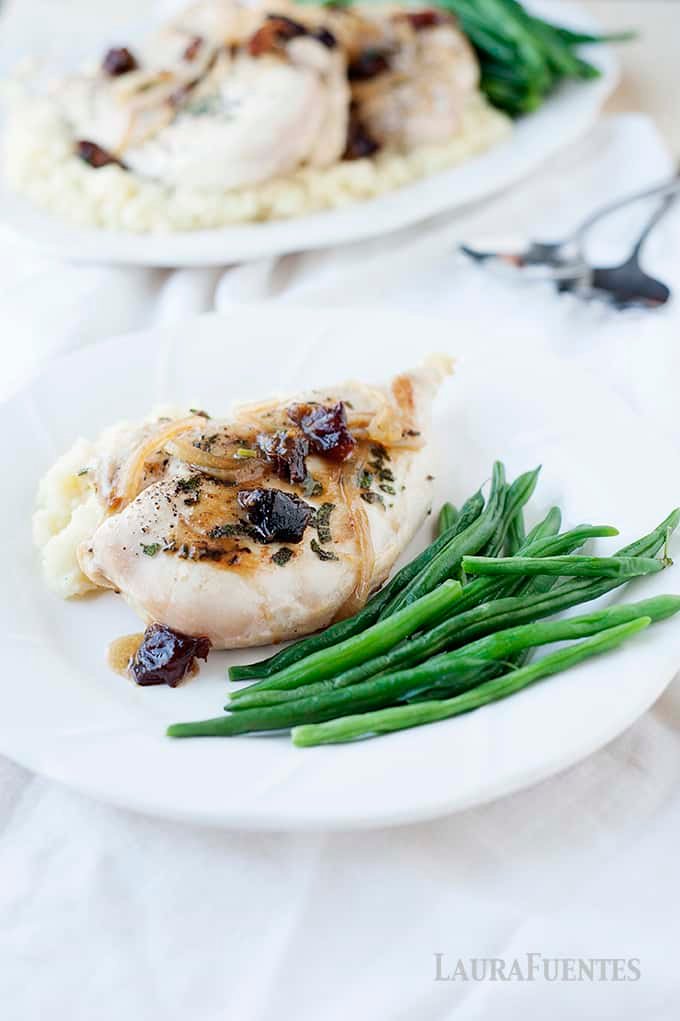
Chicken with Prunes and Sage is a super-simple recipe that’s easy to prepare, can be made in one dish so you don’t have to dirty up your kitchen too much, and the prunes are packed with vitamins and minerals that are super healthy for you.
- The way I like to prepare it is by first gathering all my ingredients and making sure I have enough of each one: 4 lbs of chicken pieces (you can use white meat or dark meat), 1 lb of pitted prunes, 8 oz of butter, a large stalk of sage (about 15 leaves).
- I also like to add 1 chopped onion and 2 tbsp brown sugar—it really helps caramelize the onions while they cook with the chicken in the oven.
- And then comes the fun part! The actual cooking.
- Basically, you just put everything into a casserole dish and bake it at 350 degrees for about an hour and a half.
Then serve up this savory treat for your friends and family!
10. Sage Risotto with Fennel

If you’re lucky enough to have leftover sage from another dish, or plan on making a different dish with it, try this risotto!
It’s simple enough for an everyday dinner and special enough for a dinner party.
Here’s how I go about it:
- Roast the fennel in the oven for about 20 minutes at 400 degrees.
- Toast the pine nuts in a dry pan over medium-high heat until they are fragrant and lightly browned.
- Heat the stock over low heat.
- In a separate pot, heat oil over medium-high heat.
- Add rice and cook until translucent, then add garlic and onion.
- Stir frequently until onion is translucent, about 5 minutes.
- Add wine and stir constantly until most of the liquid has been absorbed, about 2 minutes.
- Add stock 1/4 cup at a time, stirring constantly until all liquid has been absorbed before adding more.
- This should take about 25-30 minutes total.
- You will know it’s done when the rice is al dente or soft with just a slight bite remaining in the center of each grain.
- Remove from heat and stir in butter, sage leaves, roasted fennel, pine nuts, salt and pepper to taste.
Serve immediately!
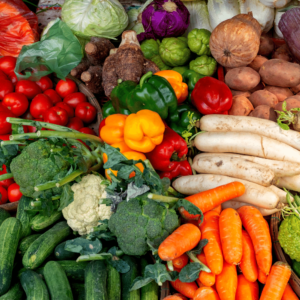
Vegetables That Go Well with Sage
Ingredients
- Broccoli and Green Beans
- Squash
- Peas
- Brussel sprouts
- Onions
- Spinach
- Kale
- Carrots
- Potatoes
- Asparagus
- Cauliflower
- Mushrooms
- Sweet potatoes
- Eggplant
- Parsnips
- Leeks
- Celery root
- Radishes
- Beets
- Pumpkin
- Horseradish
- Celery
- Bell peppers
- Chinese cabbage
- Cucumbers and Tomatoes
- Corn and zucchini
- Turnips and chard
- Cabbage and lettuce
Instructions
- Pick one or more of the vegetables from this list to use with sage.
- Prepare your meal.
- Be ready to munch in no time!
Hi, I'm Benjamin. I love cooking, long walks, and my girlfriend! Here you’ll find simple and delicious recipes that you can make in 30 minutes or less.

